Why do people go to an eye doctor? There are many reasons. Blurry vision is the most common discomfort patients experience.
What do you think is the main factor that triggers such a condition? Refractive error is the main culprit. What is refractive error? It simply means optical imperfections that prevent the eye from focusing enough light.
What are the primary refractive errors? Aside from astigmatism, farsightedness and nearsightedness are a few triggering factors. Before, it was hard to correct such a condition. But treating these are easier nowadays. Thanks to the development of technology as we can now use quality eyeglasses, contact lenses, and other new treatments.
From eyeglasses and contacts, LASIK has been gaining immense popularity. It’s no surprise as they guarantee an immediate and lasting result. Although the vision correction surgery can cause a dent in your savings account, its benefits make it a top procedure you cannot afford to miss.
How Light Travels Thru the Eye
For us to see, light can play a significant role. Although some don’t know light’s different properties, others have a concrete idea of how it works.
Depending on the substances the eye encounters, a light ray can be reflected, deflected, absorbed, or bent.
When light travels through a lens or water, its path bends or even refracts. Other eye structures have strong refractive properties, just like the water and lenses. That’s not all! It can bend light rays into an accurate point of focus, which is critical in having sharp vision.
When light travels through the cornea, most refraction in the eye occurs. Did you know that the eye as natural lens that bends the light rays? Yes, you heard it right. The tear film and the fluids are no exception. Studies show they have some refractive ability.
How Does the Eye See?
It’s simple. When light rays reflect off an object and travel through the eyes optical system, the process of vision begins.
For good vision, where does the focus point retract? Good question! It bends on the eyes’ retina. What is a retina? Called as the tissue that lines the back of the eye, its where photoreceptors and other light-sensitive calls capture images. How does it work? It performs like a camera’s film.
Then, the images are transmitted to the brain for accurate interpretation. Thanks to the eyes optic nerve. The pupil constricts to control the light that specifically reaches the retina. In any dark situation, the pupil, on the other hand, widens.
Some Causes of Refractive Errors
The human eye can focus on or refract light on the retina. Primarily, it is based on three eye features, such as its overall length, the curvature of the cornea, and the curvature of the lens.
What are the differences between them? Read on for more information!
Eye Length
If you have long eyes, light is focused before it even reaches the retina, which in turn leads to nearsightedness. If you have short eyes, however, it is far different. As the light reaches the retina, it is not focused, which can lead to hyperopia.
The curvature of the Cornea
The cornea is spherical by nature. Some people, however, have a different case. For patients with a not perfectly cornea, the image is refracted irregularly. Without a proper and immediate treatment, it creates astigmatism and other related conditions.
The curvature of the Lens
Probably, your doctor told you to have a steeply curved lens. Perhaps, the practitioner suggests you wear a special pair of eyeglasses to correct your condition.
What happens when the lens is flat? Well, you have a high risk of acquiring farsightedness.
Aside from the curvature of the lens and eye length, there are other vision errors. Higher-order aberrations are a good example. Studies show that many people are prone to such a condition. Common symptoms include poor contrast sensitivity and other serious complications. Don’t worry! There’s a range of solutions to try. Eye practitioners and other specialists use new technology called wavefront analysis.
Risk Factors
Did a relative suffer from a refractive error? Then, you have a high risk. Let’s say no one in the family has the same condition. Are you safe? There are other factors that can trigger a refractive error.
Some of them are written below:
- Reading in dim light can strain your eyes
- A surgery or a trauma, which can damage the lens and cornea
- Small or dislocated lenses
- An abnormally thin cornea
- Diabetes and other health conditions
What are the Symptoms?
The common symptoms are a blurry vision, eye strain, fatigue, and headache. But wait, there’s more! Take a close look at the following:
Astigmatism
Astigmatism can cause an object to appear as a deformed image. Straight lines are no exception. They also appear wavy. The good news is that there are quality and effective solutions that best match everyone’s unique needs.
Hyperopia
Commonly known as farsightedness, hyperopia occurs when the cornea is less curved, or the eyeball is short.
It typically causes for a person to see a distant object clearly. Near or close stuff, on the other hand, is a different case because they are blurred.
Detection and Treatment
Before, it was hard to detect a refractive error. But times have changed today. Doctors can now perform a refraction with the use of a computerized instrument or phoropter.
Which is better between the two? The automated refraction is more useful, effective, and convenient. It’s also fast. In fact, you can get an accurate result within a few minutes.
Whatever the results may be, your chosen physician will use them to determine the right treatment for you.
But a refraction does not provide enough information to make a contact lens prescription possible. Basically, it requires extensive fitting and other long procedures.
From there, manufacturers fabricate eyeglass and contact lenses to correct your vision. LASIK is another excellent alternative. While it canes the shape of the cornea, it can address refractive errors.
To know more information about the other solutions, don’t hesitate to contact a qualified and certified specialist.


